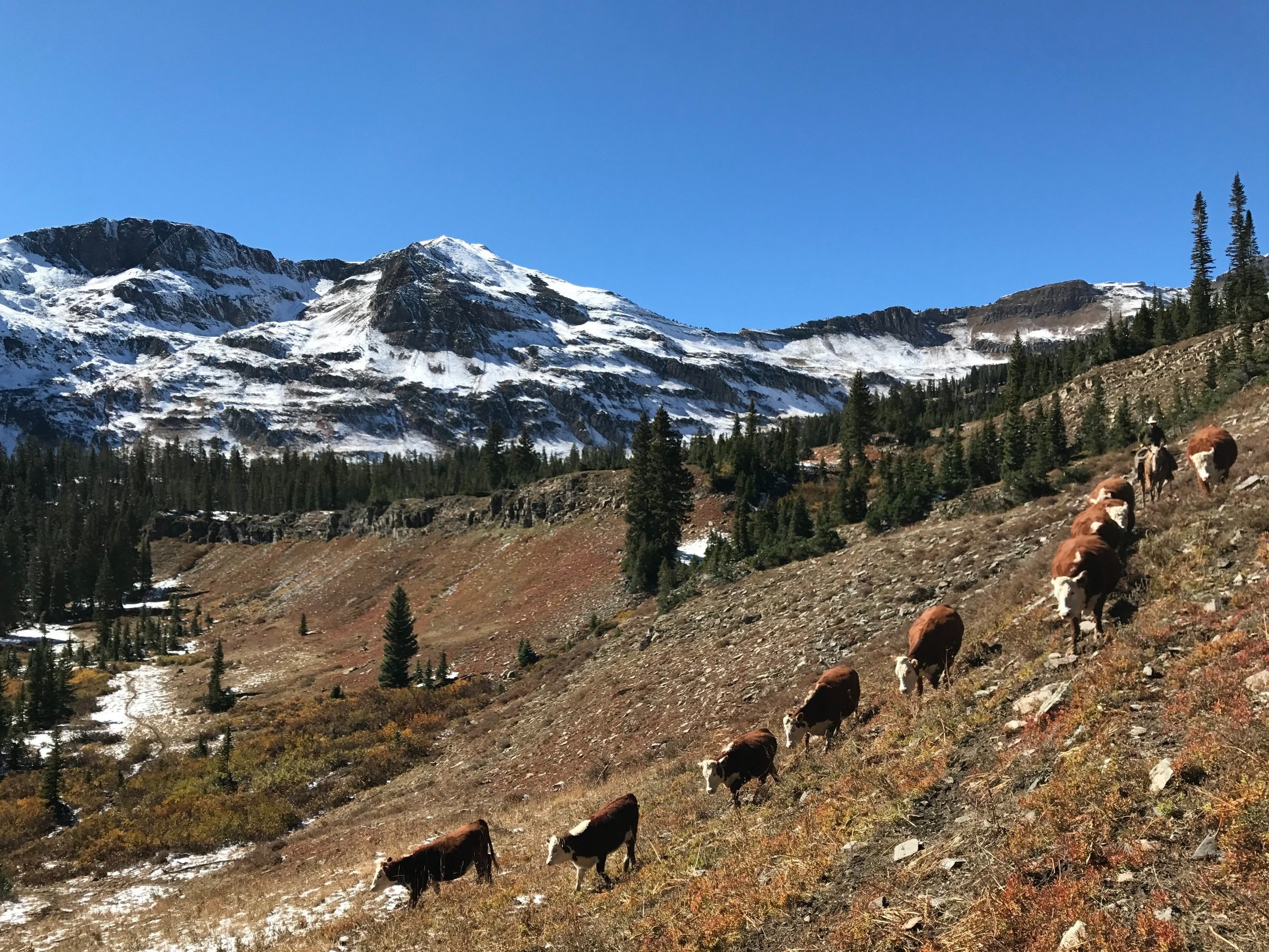
Ranching
Ranching is an important economic & cultural driver.
Ranching has a rich heritage in Gunnison County, with the first cattlemen arriving in the late 1800's, shortly after the first miners. Some of those early ranching families still work the land in Gunnison County, with five generations or more having raised cattle here. With the industry’s close ties to public lands, there needs to be thoughtful consideration to ensure ranching remains viable.
About two-thirds of Gunnison County’s private land – 200,000 acres – is currently used for ranching operations. The County is home to 244 ranches that in 2012 supported a market value $11 million in livestock sales and $1.7 million in crop sales.
Many of Gunnison County’s ranching families have chosen to permanently protect their private lands with conservation easements. In many cases, the GORP Act’s protections for public lands are adjacent to these conserved areas– creating an opportunity to protect lands from the valley floors to the mountain tops.
ECOLOGICAL BENEFITS OF RANCHING.
When livestock is managed in a very precise way, it can provide significant ecological benefits, including groundwater recharge, watershed filtration, and carbon sequestration, all creating cleaner air and water for Gunnison County residents. Through best management practices and holistic management, cattle can serve as biological accelerators, meaning that they can kickstart and keep biological processes, such as the carbon cycle, in motion. This is important for taking excess carbon out of the atmosphere and storing it in the soil as a way to help mitigate against climate change. And with more carbon in soil, vegetation has better conditions to grow, which helps to keep water in the soil and insulate the land to be more drought resistant.
RANCHING IN GUNNISON COUNTY CONTINUES TO BE AN IMPORTANT ECONOMIC AND CULTURAL DRIVER. THE GPLI CONTINUES TO SUPPORT LOCAL RANCHING OPERATIONS AND HAS BEEN CAREFUL TO PROTECT THIS USE IN THE GORP PROPOSAL.

